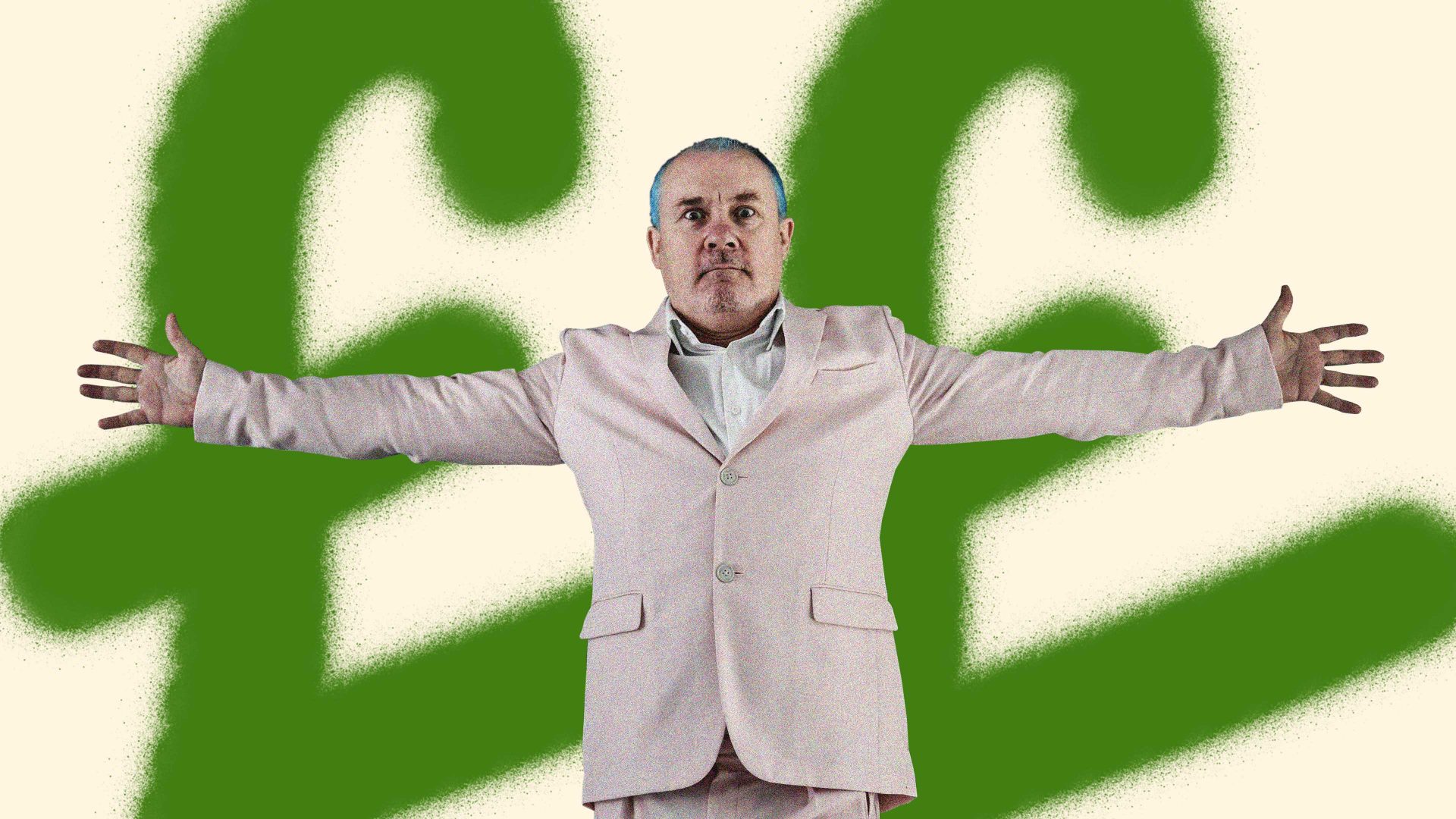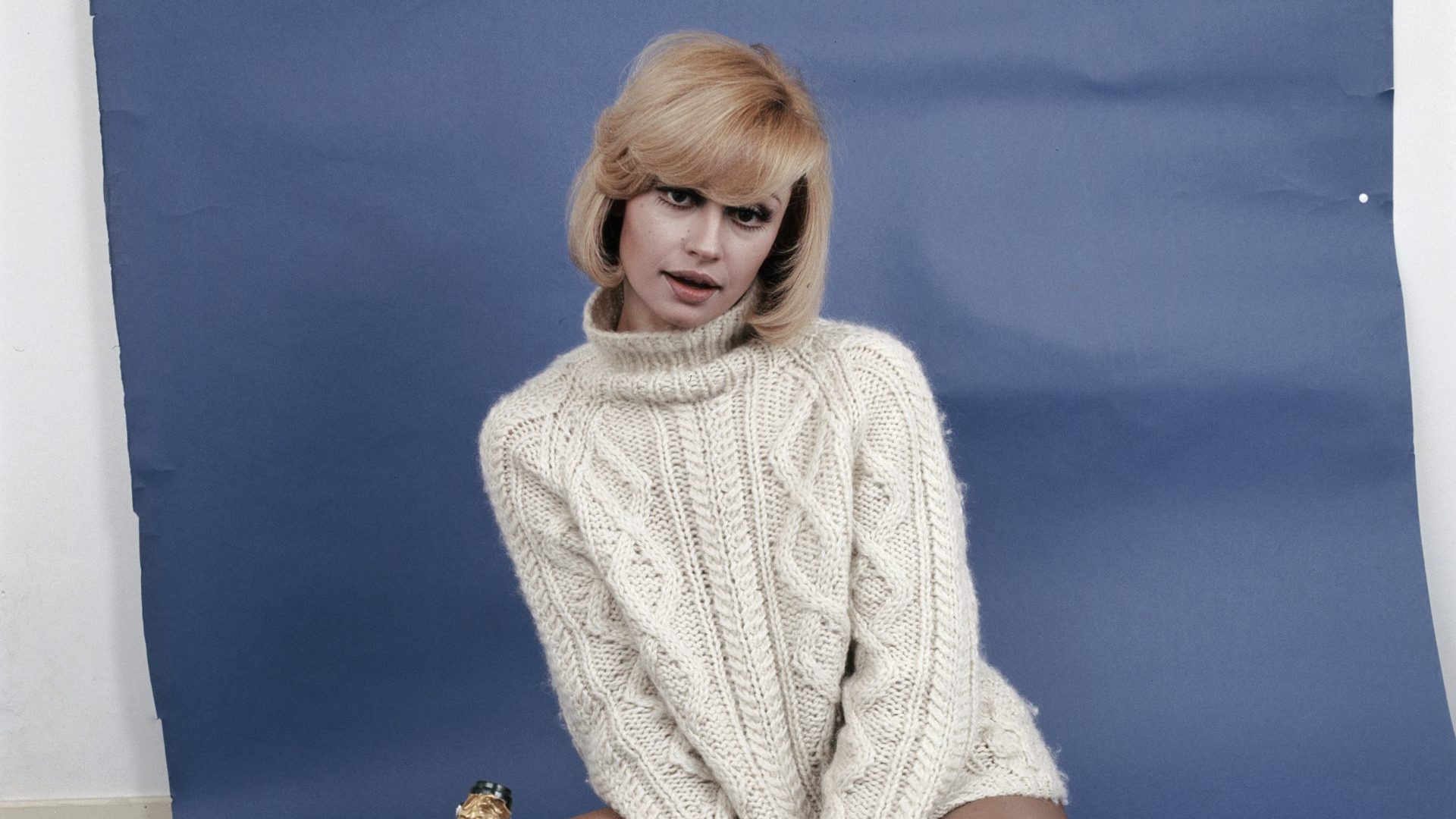Halfway round the Surrey Oval from my gaff, and to nearby Newport Street, where Damien Hirst has not one, but two art galleries; one eponymous and the other called Beaconsfield. I knew Hirst a bit back in the day and enjoyed
his company a great deal when his least exhibitionistic act was getting his prick out in the Groucho Club, alongside a line of coke more or less the same length. (Whether this means the line was small or not I leave to your imagination, dear reader.) The early, funny work I have a great deal of time for – riffing off of the installations entitled A Thousand Years (a vitrine divided in half, a rotting cow’s head on one side of the divide, an insect-o-cutor on the other, flies life-cycling between the two), and The Impossibility of Death in the Mind of Someone Living (the notorious shark preserved in formaldehyde); the late, great JG Ballard rhapsodised him as “a novelist who writes very short books.”
Yet it’s neither as a showman, nor a scrivener that Hirst acquired notoriety – but rather, as the very apogee of a movement the art critic Julian Stallabrass appositely dubbed “high art lite”. Arguably, never in the decline and fall of the avant-garde had so few sold out for so much so quickly. From 1997, when the Royal Academy daringly mounted the Sensation exhibition, in less than five years, the likes of Hirst, Tracey Emin, Marc Quinn et al., went from maybe scandalising to definitely cashing in: far more than the Britpop bands, it’s these lite – and often quite high – artists who personified the Blair era, with its serious comfort when it came to being seriously rich sugar-wrapped in social conscience.
The whole pseudo-rebellion came to an end, I think, when the art dealer Jay Jopling loaded up a private plane with these proteges and flew them over to Kyiv to visit the Ukrainian oligarch Victor Pinchuk, who might be persuaded to invest in their outrageous oeuvre. By 2012, when Hirst ‘made’ For the Love of God, a diamond and platinum skull valued at £40m – which he and Jopling
then somehow managed to sell to, and buy back from themselves, enhancing its price (if not its value) – the artist’s claims that he was somehow sculpting in capital the way other artists did in clay, began to seem frankly absurd.
Rather, Hirst’s career had come to instantiate the great wave of debris – psychic as much as physical – thrown up by the train of Progress as it began to hit the buffers: by the mid-1970s the total value of the contemporary art
market had exceeded that of all artworks hitherto created in human history; throughout the following two decades, the rate of increase continued unabated, as so-called “flight capital” looked for a safe and – in some instances, sudsy – haven. A Beelzebub of bricolage, perched atop his own pile of aesthetically meaningful dung, Hirst returned the compliment by buying modern and contemporary art by the juggernaut-full; he also bought a huge country pile with a view to converting it into a museum – à la William Randolph Hearst – for his treasures.
This hasn’t happened – and instead, it’s the Newport Street and Beaconsfield Galleries that act as the repositories and observatories for the homophonic Hirst’s spoils. The question that has to be asked is this: is the motivation here
pharaonic – “Look upon my stuff, ye ordinary bourgeois and despair…”; or can it be conceived as some sort of potlatch, whereby the artist-cum-entrepreneur shows off his treasures, at his personal expense, as if – like some one-man First Nations tribe – he accretes power through largesse alone? In the London art world, the murmurs are that the galleries act as price-enhancers, providing the cachet of a tony exhibition and thereby boosting the prices of artists whose works have been bought by the pound and the yard.
Always willing to give someone the benefit of the doubt, my feeling was the answer had to lie in the works themselves: are they any good? At the Beaconsfield, which has a touchy-feely café with a patio area, and which
occupies a defunct railway building hard against the Vauxhall viaduct, the large canvases by the late Swedish feminist activist and artist Monica Sjöö are piled high on the walls – but doubtless don’t come cheap, if they are
even for sale. Up the road at the Newport Street Gallery, the cavernous rooms of this contemporary purpose-built exhibition space contain virtually the entire oeuvre of Keith Cunningham, a little-known Australian-born sub-London-School painter of the 1950s.
Neither artist’s work is of any great quality – and frankly, I can’t be bothered to explain why: life is, indeed, too short. As to the vexed question of Hirst’s motivations, questioning of gallery staff revealed that the footfall at Newport Street cannot be much in excess of 10,000 per annum – pitiful if this were meant to be a going or state-subsidised concern. As to Hirst’s motivation, I fear, the truth lies more at the cock-up than the conspiracy end of things: I expect he wants both to upsell and impress – but fails on both counts.



